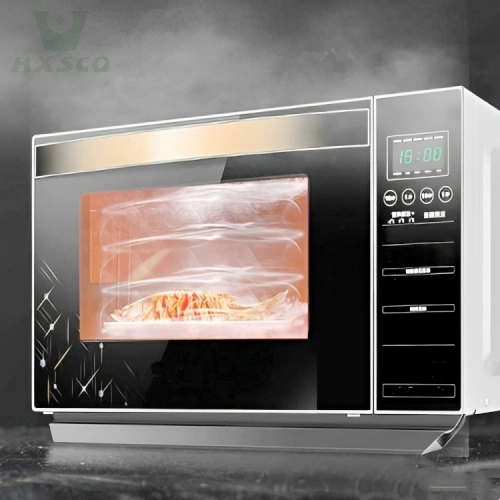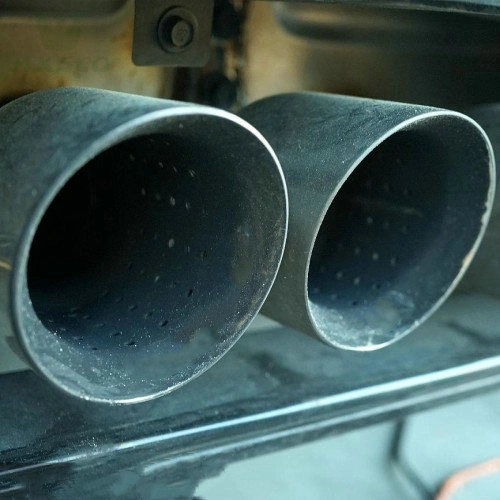Stainless Steel Pipe Types: Seamless, Welded, and ERW
In the realm of stainless steel pipe, the choices can be overwhelming. Each type, whether seamless, welded, or ERW (Electric Resistance Welded), offers distinct advantages and disadvantages. The selection of the right stainless steel pipe type hinges on project requirements, and as seasoned stainless steel suppliers, we are here to guide you through this crucial decision-making process.
Seamless Stainless Steel Pipe
Seamless stainless steel pipe are manufactured without any welding or joints, resulting in a continuous, unbroken structure. This unique production process grants seamless pipes several advantages:
Advantages:
High Strength: Seamless pipes boast superior strength, making them suitable for high-pressure applications in industries such as oil and gas.
Corrosion Resistance: Seamless pipes exhibit exceptional resistance to corrosion, ensuring longevity and reliability, even in harsh environments.
Smooth Interior: The absence of weld seams on the interior surface minimizes turbulence in fluid flow, reducing friction and allowing for efficient transportation of liquids and gases.
Aesthetics: Seamless pipes offer a sleek appearance with a clean, uninterrupted surface, making them an excellent choice for architectural applications.
Disadvantages:
Cost: Seamless stainless steel pipe tend to be more expensive than their welded counterparts due to the complex manufacturing process.
Limited Size Range: Seamless pipes are typically available in smaller size ranges compared to welded pipes.
Welded Stainless Steel Pipe
Welded stainless steel pipe are constructed by joining sections of steel together through various welding processes, such as TIG (Tungsten Inert Gas) or MIG (Metal Inert Gas). This method results in pipes with distinct qualities:
Advantages:
Cost-Efficiency: Welded pipes are generally more cost-effective to produce, making them a budget-friendly option for many applications.
Versatility: Welded pipes come in a wide range of sizes and shapes, accommodating various project requirements.
Durability: When done correctly, welding creates strong bonds, ensuring the structural integrity of the pipe.
Customization: Welded pipes can be customized to specific lengths and diameters, offering flexibility in design.
Disadvantages:
Corrosion Vulnerability: Welded areas are susceptible to corrosion, which may require additional protection measures, such as coatings or regular maintenance.
Reduced Interior Smoothness: The presence of weld seams on the interior surface can cause increased friction and turbulence in fluid flow.
ERW (Electric Resistance Welded) Stainless Steel Pipe
ERW stainless steel pipe are a type of welded pipe manufactured using electrical resistance welding. This method involves passing an electric current through the edges of the steel to create a weld seam:
Advantages:
Cost-Effective: ERW pipes are cost-effective to produce and offer a reasonable balance between cost and performance.
Good Strength: These pipes provide satisfactory strength for many applications, including those in construction and transportation.
Availability: ERW pipes are readily available in a variety of sizes and specifications, making them suitable for diverse projects.
Reliable Welds: ERW welding produces dependable welds with good structural integrity.
Disadvantages:
Corrosion Susceptibility: Like other welded pipes, ERW pipes are vulnerable to corrosion, necessitating proper maintenance.
Limited Use in High-Pressure Applications: ERW pipes may not be ideal for applications with extremely high pressures or temperatures, where seamless pipes are often preferred.
Choosing the Right Stainless Steel Pipe
The choice between seamless, welded, or ERW stainless steel pipe should be informed by project requirements. Here are some insights to help you decide:
Seamless pipes are ideal for high-pressure and corrosive environments, where strength and longevity are paramount. Consider them for critical applications in industries like oil and gas.
Welded pipes offer cost-efficiency and versatility, making them suitable for a wide range of applications, including structural support and general fluid transport.
ERW pipes strike a balance between cost and performance and are suitable for many applications, such as construction and transportation.
As experienced stainless steel suppliers, we understand that each project is unique. If you’re uncertain about which type of stainless steel pipe best suits your needs, our team at HXSCO is here to provide expert guidance. We’re committed to ensuring that you make the right choice for your project, ultimately leading to success and satisfaction.




















